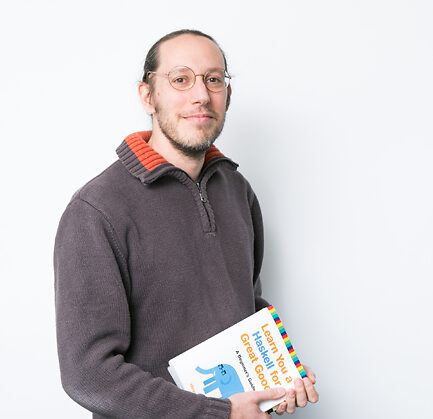'Transcriptome analysis, from bulk to single cells and single molecules'

Date
Location
Description
Seminar Title: 'Transcriptome analysis, from bulk to single cells and single molecules'
Speaker: Dr. Charles Plessy, RIKEN Center for Life Science Technologies Division of Genomic Technologies, Genomics Miniaturization Technology Unit
Abstract:
Transcriptome analysis aims to characterise quantitatively the RNA molecules in a sample, in order to describe and model the execution of the genetic program, and discover new functional RNA molecules. Popular methods known as "RNA-seq" sequence cDNAs representing fragments of RNA molecules. Each RNA-seq method takes has it own limitations. For instance some do not distinguish the DNA strand on which the RNA was transcribed, some do not cover the full length of the RNA, and some are restricted to polyadenylated RNAs only, etc.
Over the years, RIKEN has developed CAGE (Cap Analysis Gene Expression) to sequence the 5′ ends of RNA molecules, identify transcription start sites (TSS) at a single nucleotide resolution and quantify their activity. Single-molecule versions of CAGE exist on the HeliScope and Illumina platforms but only allow for the exploration of the transcript structure within the first 50 to 300 nucleotides.
To link TSS activity and transcript structure, we earlier developed "CAGEscan", where mRNAs are random-primed and subjected to a paired-end CAGE analysis. The first read of the pair is a standard CAGE read, and the second represents the site of reverse-transcription. The pairs starting from the same TSS region are assembled in "CAGEscan clusters" modelling representative mRNAs. However, this method did not have single-molecule resolution.
Here, I will present a novel CAGEscan procedure reaching single-molecule resolution by combining the use of unique molecular identifiers (UMI) and cDNA fragmentation, to generate one collection of overlapping reads per mRNA molecule, assembled in "CAGEscan fragments" representing single molecules up to their first kilobase. We are applying this method to the study of single-cell transcriptomes in cells lines infected by the Human Papilloma Virus (HPV). In this highly multiplexed experiment, we have studied more than 8,000 single cells obtaining around 50,000 read pairs per cell. In line with Pollen et al., 2014 Nat. Biotechnology, our preliminary results suggest that this depth is sufficient for efficient clustering and population analysis.
Therefore, our single cell nanoCAGE method opens new possibilities in the field of single cell “population transcriptomics” in a very high throughput way, including a direct transcript count in each single cell at a reduced cost.
Host: Dr. Rehab F. Abdelhamid, Genomics and Regulatory System Unit (Luscombe Unit)
Intra-Group Category
Subscribe to the OIST Calendar: Right-click to download, then open in your calendar application.



